Data needs to be managed throughout its entire lifecycle, from initial creation through to ultimate deletion, which – due to legal retention periods – can be anything from ten to 150 years, depending on the sector. Over time, the IT landscapes storing this data naturally get outdated, with some systems and technologies even becoming obsolete – leaving companies looking for a cost-effective solution that will evolve alongside their business. This is where information historization and application retirement pay dividends.
Problems of an Ageing IT Landscape
With data amassed and stored for many years, a typical IT landscape may include numerous legacy systems consisting of multiple generations of software from different suppliers. This can result in overlapping and redundant applications that are expensive to run and difficult to integrate. Besides the high operational costs involved, there are various risks associated with ageing systems: lack of software patches, discontinued support for old versions, or changes in the manufacturer’s licensing policy, for instance, all of which can lead to problems accessing historical data. According to a report conducted by Capgemini,1 34% of CIOs mention obsolete and outdated technologies as a key worry and 76% consider modernization of the application landscape key to their organization’s business objectives.

The Value of Historical Data
A great deal of intellectual property can be lying dormant in the masses of historical business information that builds up over decades. And this information can, to a large extent, determine both the current and future value of the company, hence the need for it to remain accessible so it can continue to play a role in decision-making and the creation of business value. In order to leverage the value of historical data and improve data analysis capability, it needs to be managed in a modern and integrated application landscape that supports digital transformation, rather than in a multitude of ageing systems.
Secure Data Historization and Application Retirement
The answer to these problems lies in data historization and the decommissioning of legacy systems, also known as application retirement. Gartner described JiVS as “the leading provider for application retirement”: compatible with all source and target systems, JiVS harmonizes with any system landscape, providing a solution that is easy to implement, extremely secure, and enables companies to massively reduce their IT operating costs by shutting off old applications. With their information historized and stored securely on the platform, the customer has continued access to their legacy data, and the risks of operating outdated legacy systems are eliminated.
Innovative application management plays a vital role in the agility and competitiveness of companies. And with IT systems that are long in the tooth, there’s a clear need to reduce the system landscape complexity and invest in modern solutions incorporating technologies such as cloud and automation. With JiVS, application retirement has never been easier or more cost effective, allowing companies to still hang onto their important “legacy” while driving business transformation.


Author: Tobias Eberle, Group Chief Revenue Officer
